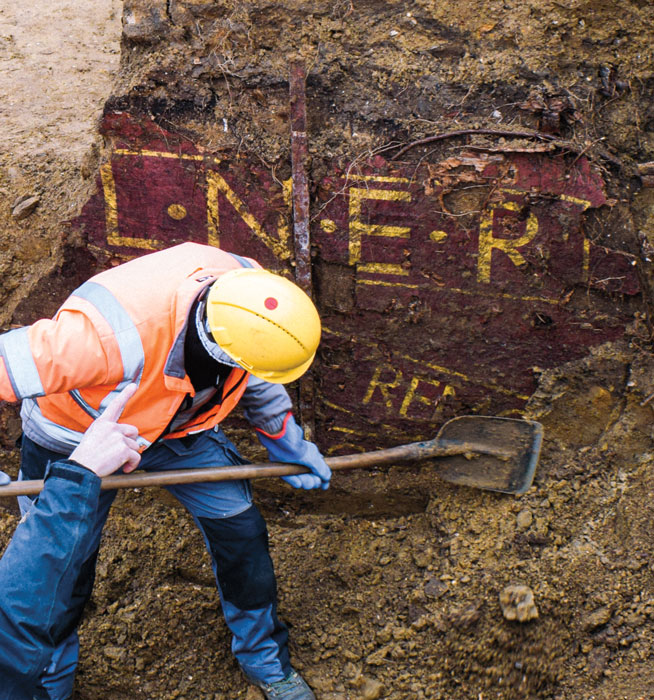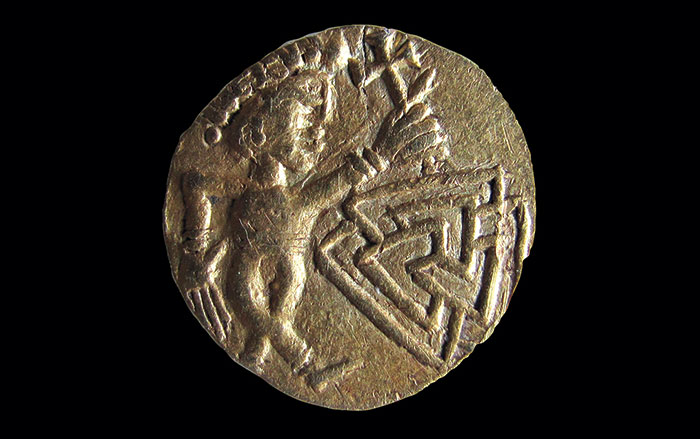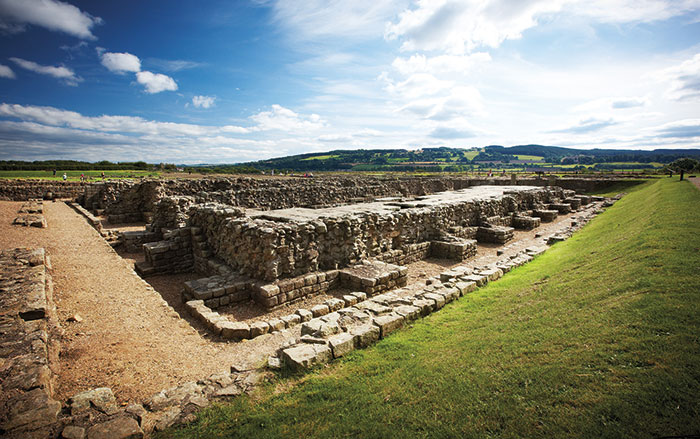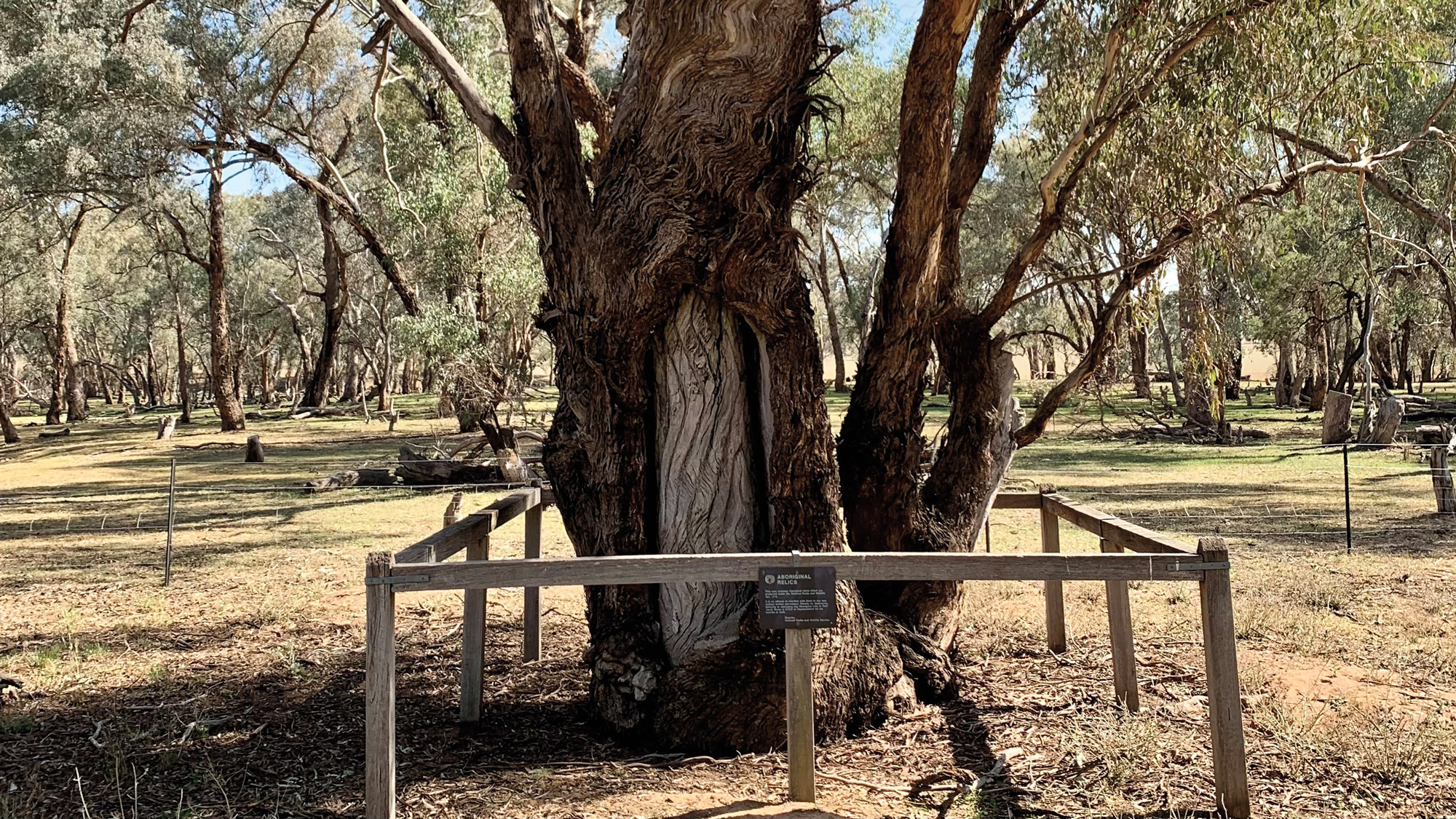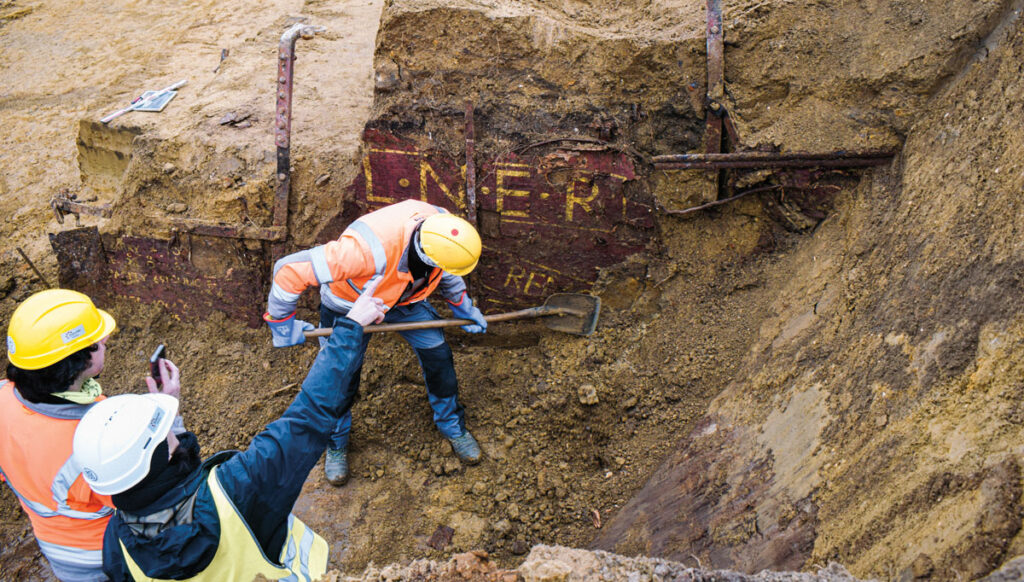
While digging in the center of the Belgian city of Antwerp, archaeologists from the urban archaeology department made an unexpected discovery. Hidden within the earthen rampart of a nineteenth-century fortress was a very, very large dark red metal box. “We saw this metal thing sticking out that was like nothing we had ever seen,” says archaeologist Femke Martens. “Even as we were staring at it, it began to fall apart, so we had to document it as fast as we could.” The team, which included archaeologist Daan Celis, rushed to brush dirt from the letters painted on the side and were able to make out a few snippets of text, including: “NITURE REMOVAL TO HOUSE,” “ENQUIRE AT ANY STATION,” “BK769,” and “LNER.” “We thought maybe it was some sort of container or a freight elevator, but really had no idea,” says archaeologist Lies Dierckx. “Half an hour after we looked inside, it collapsed because of all the soil pressure.”
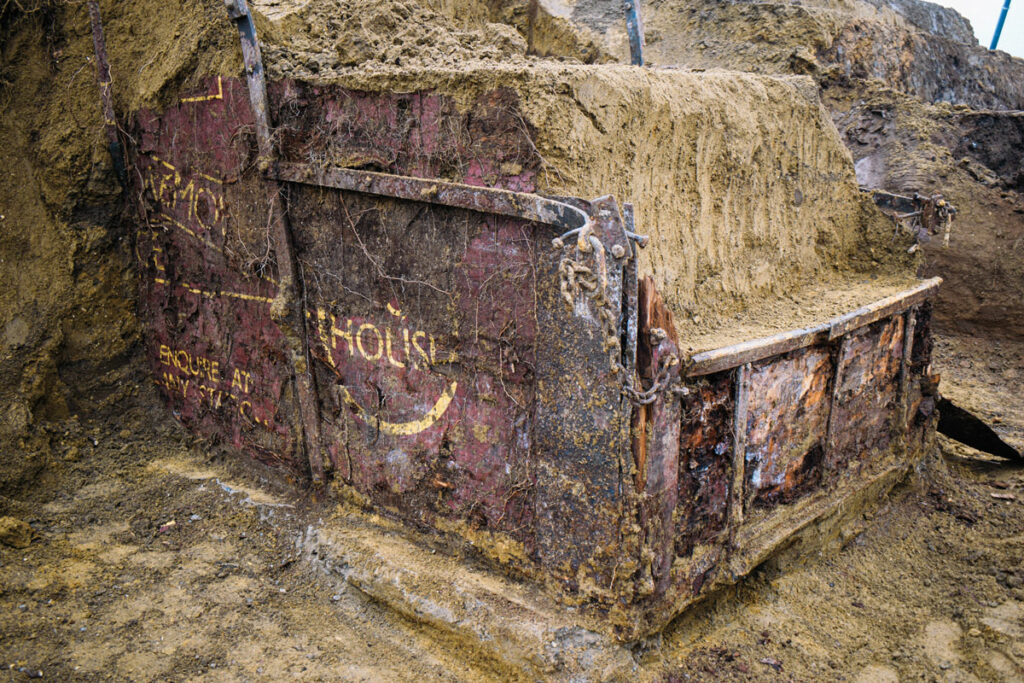
After the dig was completed, Martens identified the artifact as a train wagon and decoded the inscriptions: “LNER” stood for London North Eastern Railway, a railroad company based in York, England. Officials with the railway revealed that “B” indicated a full-size container and “K” that it had been used for furniture. The object turns out to have been the 1930s equivalent of a moving van. The railway officials dated the wagon to 1935/36 and said that it was the only extant red wagon; shortly after that, all the wagons were painted blue. “There was an LNER line from Harwich in England to Antwerp, so it’s possible that’s how it got here,” says Martens. “Why and when it was buried is a complete mystery.”



